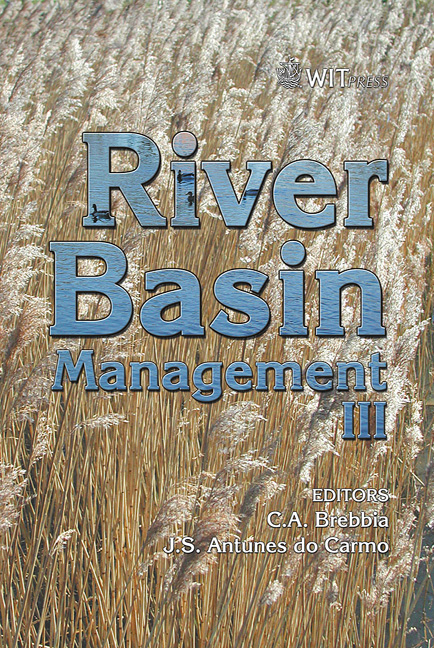Risk Assessment Approaches For Ecosystem Responses To A Point Source Of Pollution On Receiving Waters
Price
Free (open access)
Transaction
Volume
83
Pages
10
Published
2005
Size
357 kb
Paper DOI
10.2495/RM050311
Copyright
WIT Press
Author(s)
M. Cotman & J. Zagorc-Končan
Abstract
The European Water Framework Directive (WFD) requires the identification of significant human pressures and impacts on water bodies. An important component in protecting the ecological quality of watercourses is the regulation of point discharges. New ecotoxicological approaches for the assessment of the influence of the point source of pollution on the receiving water are presented. The limitations of a substance-specific assessment make it impossible to satisfactorily assess effluents on the basis of their environmental hazard. The new strategy starts with the investigation of effluents (chemical analyses, toxicological and biodegradation studies, toxicity identification evaluation-TIE). Then the harmful substances from the effluents are traced in the receiving stream and the impact of these substances on the stream is determined in river water and sediments. In a case study this strategy was used for impact assessment of tannery and municipal wastewater on the river Ljubljanica. We investigated the impact of pollution by the tannery and municipal effluents upon the receiving water and sediments. At the highest measured river flow the concentrations of pollutants in the river were not significantly changed as a result of the impact of the point source of pollution. At average and critical river flows the concentrations of pollutants at the sampling site near the outflow of effluents were higher, but at a site distant from the source of pollution, the concentration decreased due to different physical, chemical and biological processes in the river (biodegradation, precipitation). River water was non-toxic in acute and chronic toxicity tests with Daphnia magna. Sediments have the ability to accumulate organic and inorganic toxic compounds. Increased amounts of chromium and aluminium in river sediments were found at the sampling site far from the source of pollution. From the results of our work it is evident that the limitation of effluent alone is not enough, and that for good river management it is essential to consider the receiving stream as well. Keywords: municipal wastewater, point source of pollution, river water, sediment, tannery wastewater, toxicity tests.
Keywords
municipal wastewater, point source of pollution, river water, sediment, tannery wastewater, toxicity tests.





